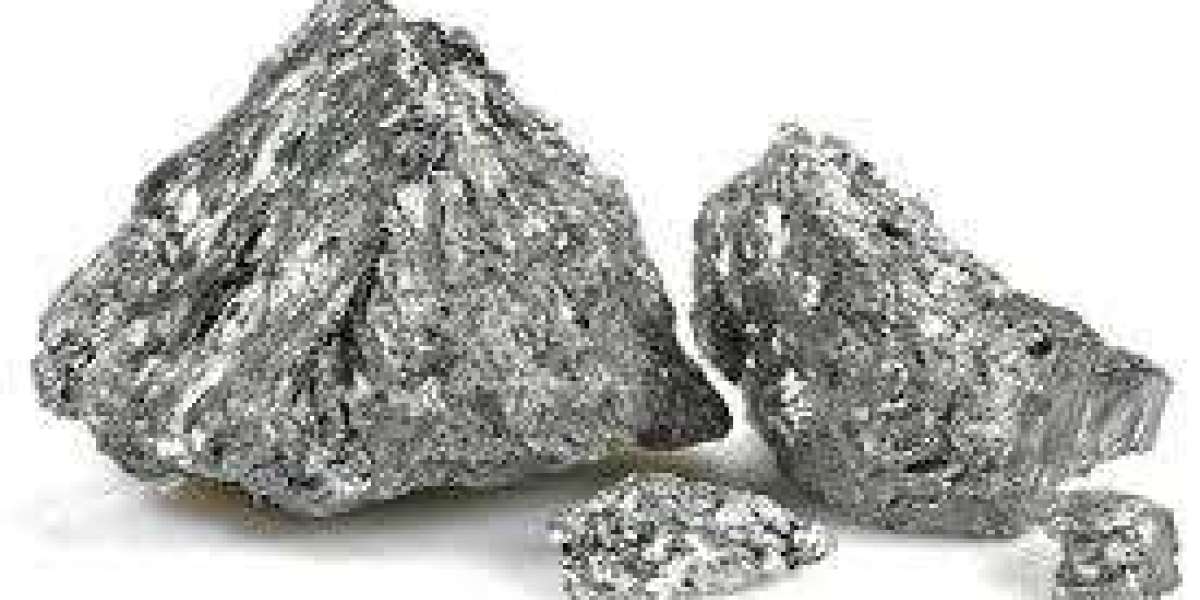Antimony, a critical metalloid used in various industrial applications, has seen fluctuating demand in recent years. The antimony market is influenced by various factors, including supply constraints, regulatory changes, and technological advancements. As industries such as electronics, flame retardants, and alloys continue to expand, understanding the market outlook for antimony becomes essential for investors, manufacturers, and policymakers.
Global Antimony Market TrendsIncreasing Demand from the Flame Retardant Industry
Antimony trioxide (ATO) is a key component in flame retardants used in plastics, textiles, and electronics. With rising fire safety regulations worldwide, the demand for ATO is expected to grow significantly, particularly in regions like North America and Europe.
Growing Use in Lead-Acid Batteries
The automotive and backup power industries continue to rely on lead-acid batteries, where antimony alloys enhance battery performance and longevity. Despite the push towards lithium-ion batteries, lead-acid batteries remain dominant in certain applications, maintaining demand for antimony.
China’s Dominance in Antimony Supply
China accounts for a significant portion of global antimony production, controlling both mining and refining activities. Any disruptions in Chinese supply chains, whether due to environmental regulations or geopolitical factors, can cause substantial price fluctuations in the market.
Recycling and Secondary Sources Gaining Importance
With limited primary resources and increasing environmental concerns, recycling of antimony from scrap metals and end-of-life products is gaining traction. Companies are investing in technologies to improve recycling efficiency, ensuring a stable supply chain.
Market Growth OpportunitiesRising Demand in Semiconductor and Electronics Industries
Antimony compounds are used in semiconductors, microelectronics, and infrared detectors. The expansion of the electronics sector, driven by AI, IoT, and 5G technology, will contribute to increasing antimony consumption.
Potential in Renewable Energy Storage
Research is underway to utilize antimony in advanced energy storage solutions. Some next-generation battery technologies, such as sodium-ion and liquid-metal batteries, incorporate antimony, offering promising future market expansion.
Government Regulations and Strategic Stockpiling
Many countries are recognizing antimony as a critical mineral and are implementing policies to secure domestic supplies. Strategic stockpiling and trade policies may influence global availability and pricing.
Challenges Facing the Antimony MarketEnvironmental Concerns and Regulatory Compliance
Mining and refining antimony can result in significant environmental impacts. Stricter environmental regulations may limit production in key mining regions, affecting global supply.
Substitutes and Alternatives
Researchers are exploring alternative materials that can replace antimony in certain applications, such as non-halogenated flame retardants. If viable alternatives become commercially successful, demand for antimony could face a downturn.
Price Volatility and Supply Chain Disruptions
Due to its concentration in a few geographic regions, antimony prices can be highly volatile. Any disruptions in major supply countries like China, Russia, or Bolivia can significantly impact global market stability.
Future OutlookDespite challenges, the antimony market is poised for steady growth, driven by strong demand in flame retardants, batteries, and electronics. Market players should focus on securing stable supply chains, investing in recycling technologies, and adapting to regulatory changes. As new applications emerge, particularly in energy storage, the demand for antimony could witness a significant boost in the coming years.
Mencari
postingan populer








